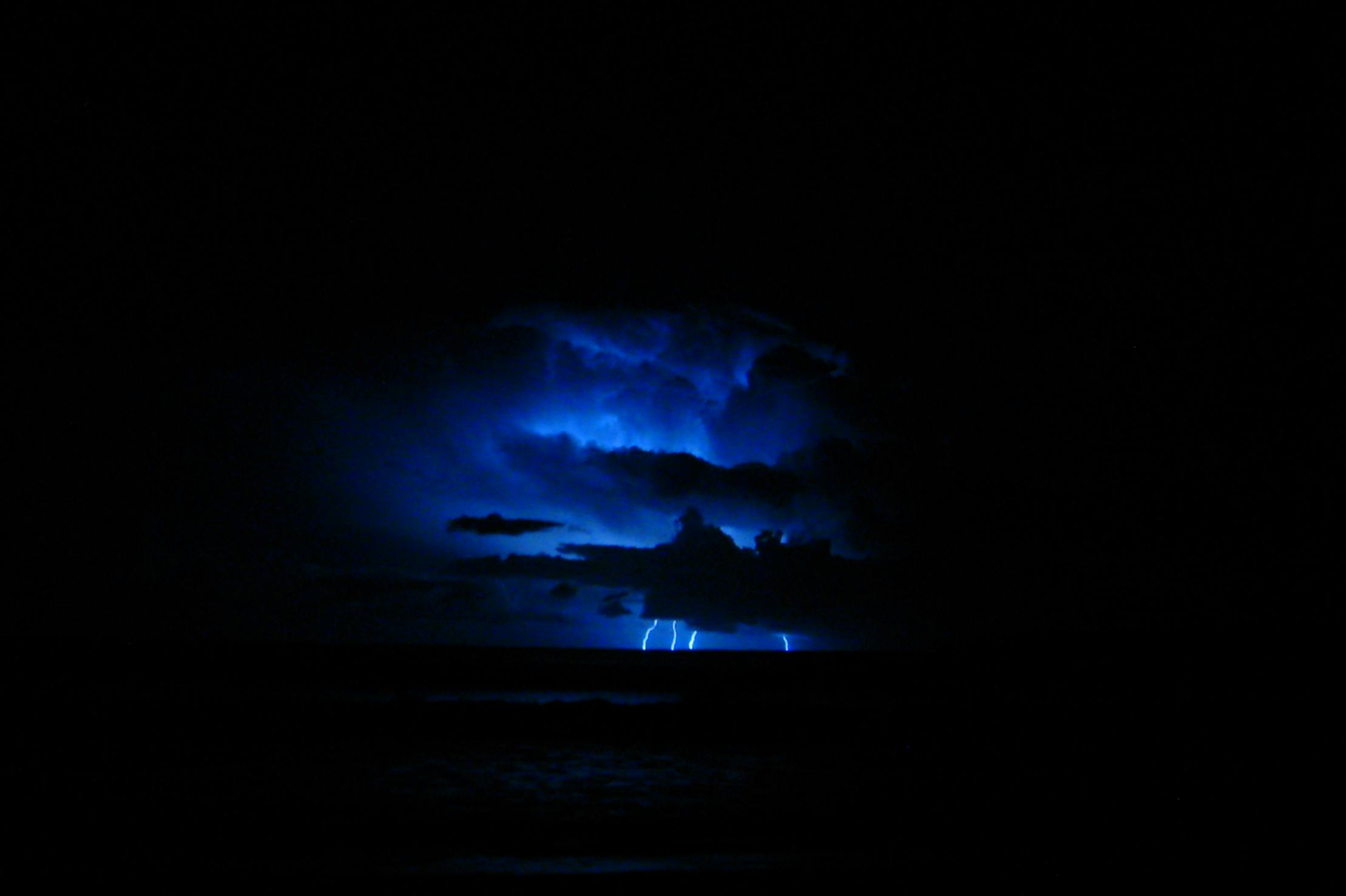A wrap of the biggest stories and best writing about the outdoors from New Zealand and around the world.
US man Minko Nikolov has recounted his survival story of a near-fatal lightning strike to Backpacker magazine.
The 32-year-old was exploring Rocky Mountain National Park in Colorado in August 2019 when a summer storm rolled in. With plans that afternoon, Nikolov decided to push on through the weather – a decision that nearly cost his life.
“When I regained consciousness, I lifted my head and could feel the blood oozing down my face,” Nikolov said.
“Then I felt the pain flood in. It was a burning sensation, more intense than anything I’d felt before. I thought that my leg had been severed, and that my arm had been broken or shot.”
He later found out that lightning had struck the aluminium frame of his backpack, entered his shoulder and exited his left big toe, just missing his heart but burning 30 per cent of his body.
After being airlifted to the emergency room, Nikolov spent 25 days in hospital and endured five surgeries, but acknowledges he was lucky to survive.
Polynesian rat considered a taonga
Aotearoa’s first introduced mammal, the kiore, arrived with Polynesian settlers around 1280.
As the only mammal predator it spread quickly, but things changed when European settlers arrived. Out-competed and predated by larger predators introduced by Europeans, the kiore population dwindled, and it’s now absent from most of mainland New Zealand.
“Because of its arrival history, the kiore is considered both a threat to our native taonga and also a taonga itself – an unusual position for any New Zealand rodent to find itself in,” writes Kate Guthrie for Predator Free NZ.
A recent study published in the New Zealand Journal of Zoology investigated kiore on Slipper Island, where they flourish as the only resident rat species.
The study examined the rat’s distribution across a range of habitats.
“Māori oral tradition indicates that kiore were managed and harvested in forested areas, but were also associated with human settlements in New Zealand, consistent with their commensal status throughout much of their international range,” researchers wrote.
“Complete eradication of kiore is not universally desired by New Zealanders, as kiore are highly valued by some Māori as ‘taonga tuku iho’ passed down through generations to the present day.”
Machu Picchu opens for one lucky tourist
After being stranded in Peru for seven months, Japanese boxing instructor Jesse Katayama has realised a lifelong dream to visit Machu Picchu, Stuff reports.
Katayama, 26, was set to visit the iconic ruins in mid-March, but it was closed by the government the day before his scheduled visit.
Rather than return home, Katayama decided to wait it out at the nearby town of Aguas Calientes, and seven months later, he struck gold.
“The Peruvian government reopened Machu Picchu just for Katayama, giving him a one-of-a-kind opportunity to see the ruins with no one else around except for the director of the site and photographers accompanying him.”
Kea may learn to detect 1080
New research suggests kea may be able to learn to detect and avoid eating 1080, RNZ reports.
The poison has inadvertently caused the deaths of kea during routine predator control, fuelling controversy amongst 1080 opponents.
New research showed that an additive that made it ‘shiny’, or that appealed to the parrot’s ability to see ultraviolet colour, might be the tool needed to teach the curious alpine parrots to avoid the toxic pellets.
Researcher Amy Brunton-Martin applied knowledge that parrots – like other birds, can see ultraviolet colours, and adapted it to her research into kea.
She said it supports the theory that adding bird repellent to pre-feed baits might prevent them sampling the toxic bait.
“Because there’s a chance that kea might be able to detect a visual difference. It’s important to ensure that any pre-feed bait resembles toxic bait as closely as possible,” she said.
“The main point is that parrots are quite inquisitive and like new things, so if they’ve learned to avoid a pre-feed bait, and then the toxic bait looks slightly different later on, then they might interact with it a bit less.”
A grizzly seal of approval
The bears at the Grizzly and Wolf Discovery Center (GWDC) in West Yellowstone, Montana, have a very cool job.
Every spring, the mammoth mammals are tasked with testing the resilience of coolers, backpacking canisters and dumpsters.
“Once the containers are full of goodies, Gravatt (a GWDC coordinator) gets them in front of the bears, which poke, prod, claw, bite, smash, and sometimes use what he calls ‘the CPR method,’ wherein bears place their front paws atop a container and pump, almost as if they’re trying to revive the unfortunate object,” writes Emma Walker for Outside magazine.
“If the container remains intact to a certain standard – gaps, tears, and holes can’t be larger than an inch for trash containers; for food containers, it’s a mere quarter-inch – it gets the bears’ literal seal of approval.”







